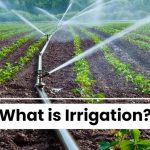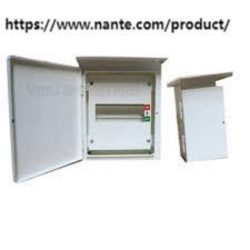Trem IV Emission Norms in India
The automotive industry is continually evolving, driven by the need to reduce environmental impact. The introduction of Emission Norms has played a pivotal role. One such significant milestone in the tractor industry is the implementation of Trem IV emission norms.
Trem IV, short for Tractor Emission Norms IV, is a set of regulations implemented by regulatory authorities to curb harmful emissions from tractors. These norms primarily focus on reducing pollutants emitted by tractor engines, such as carbon monoxide (CO), nitrogen oxides (NOx), particulate matter (PM), and hydrocarbons (HC). The ultimate goal is to improve air quality and minimize the ecological footprint of the agricultural sector.
Key Features of Trem IV Emission Norms:
Trem IV norms enforce significantly lower limits on harmful emissions. This encourages tractor manufacturers to employ advanced technologies and cleaner engine designs to meet stringent emission standards.
Tractor manufacturers are adopting innovative technologies like exhaust gas recirculation (EGR), selective catalytic reduction (SCR), diesel particulate filters (DPF), and electronic control units (ECUs). These technologies facilitate better combustion, filtration of exhaust gases, and improved engine efficiency, thus reducing emissions.
Trem IV norms emphasize the integration of engine management systems that closely monitor and optimize various engine parameters. This integration enables precise control over fuel injection, air-fuel mixture, and exhaust gas treatment, resulting in reduced emissions and enhanced performance.
The Emission norms in India not only ensure environmental sustainability but also enhances the market competitiveness of tractor manufacturers. By producing tractors that meet the latest emission standards, manufacturers can cater to the growing demand for eco-friendly agricultural equipment.
Emission Norms















































































